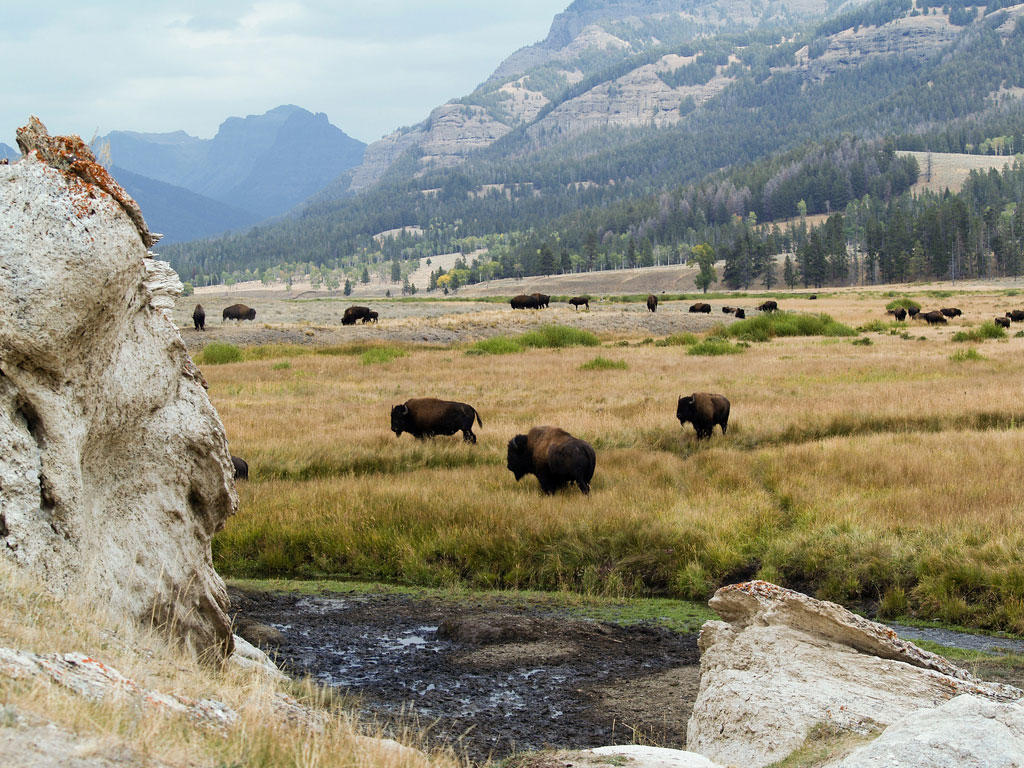
Top Wow Spots of Yellowstone National Park
There are more things to see in Yellowstone National Park than you can count, but these 13 places—from giant geysers to valleys stocked with wildlife—can’t be missed

Courtesy of Bob Reynolds
In 1872, environmentalists succeeded in getting Yellowstone dedicated as the country’s first national park. The park’s geothermal sites—geysers, hot springs, steam vents, mudpots—still make it one of the most unique places you’ll ever visit. But, beyond its fiery features, there’s tons to see and do in this more than 2 million-acre lot filled with waterfalls, wildflower-stocked meadows, burly animals, deep canyons—and yes, those famous geysers. Whether you pass through on a road trip or opt to stick around and camp, this is the shortlist of 13 things you must see in Yellowstone.
